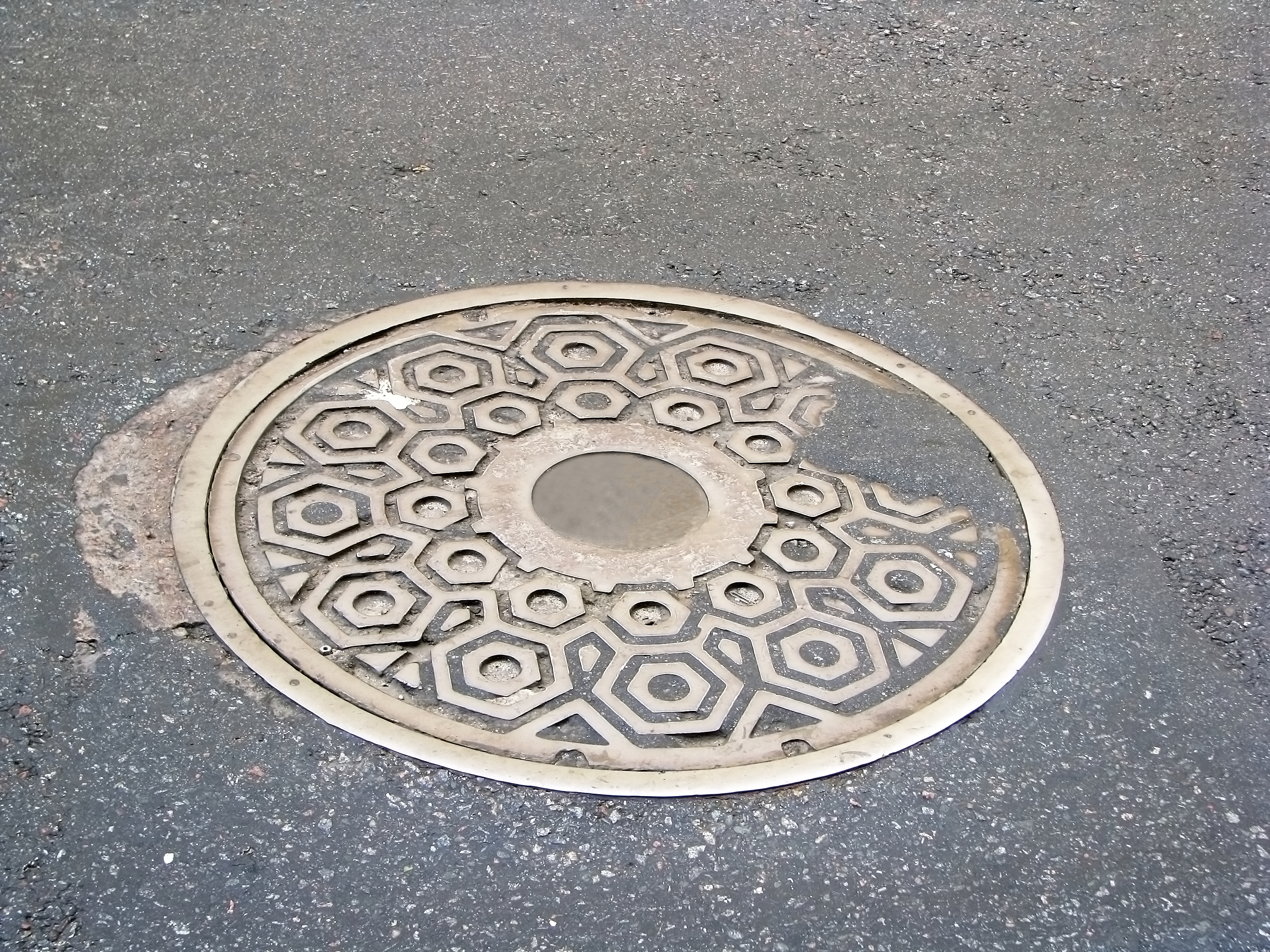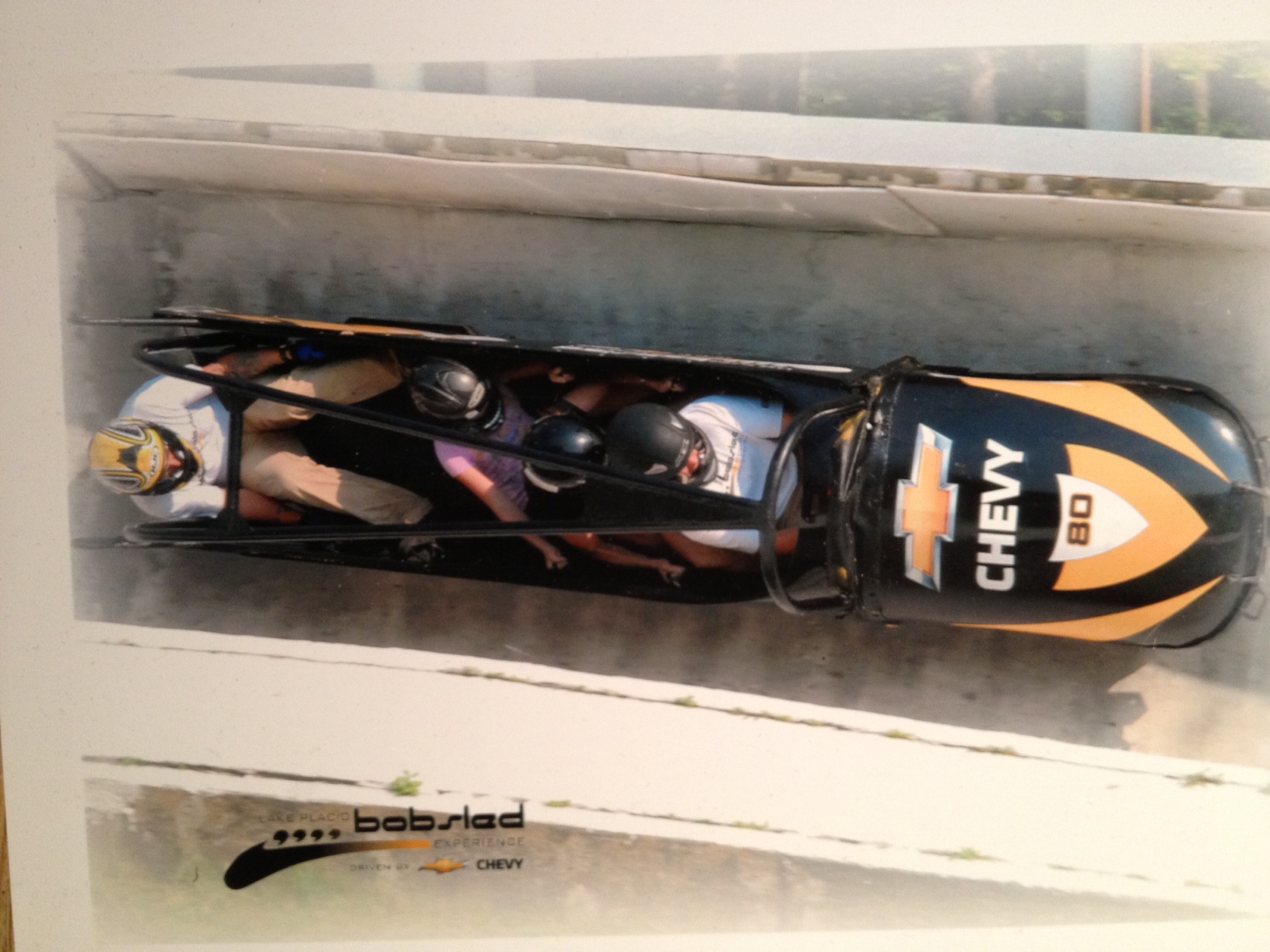When it comes to marketing brilliance, let’s just say the now-famous Duck blew all other marketing techniques out of the water (let’s start with a duck pun, shall we?).
My family and I were there to greet the Duck on September 27. Along with thousands of others crowded into a raucous Friday night Roberto Clemente Bridge party, we fumbled to take 30 pictures at every conceivable Duck-angle of this gigantic, adorable creature anchored to the bottom of the Allegheny River. The kids asked endless questions about our colossal floating friend that we couldn’t answer. Then, on a sunny October 20, we visited the Duck again – this time to say goodbye.
Brought here as part of the Pittsburgh International Festival of Firsts, the Duck enjoyed a month of popularity before millions of us reluctantly let it go.
The whole thing was goofy. It was also a marketer’s dream. And here’s why:
1. Huge target audience. From toddlers to 100-year-olds, the Duck has wide appeal. All across the globe. Pretty much every single person in the world is the target audience. Aside from the solar system – and maybe Starbucks – what else enjoys a target audience of 7 billion?
2. Disruptive idea. The Duck is defined by its 40-foot bigness. But, just as the elephants like to say, that’s so limiting. That’s because the Duck’s best feature may not be its hugeness, but, rather, the way in which it’s out of place sitting in the river, and yet – at the same time – looks perfectly at home. Nothing else could pull that off.
3. Simple. Effortlessly simple. So simple that I have nothing more to add here.
4. It brought people together. Was it peer pressure that brought families to fight Duck traffic to get up-close-and-personal? Or was it the allure of that whimsical feeling we had once we stood there peering at its bill wondering what it would be like to slide down its back? Who in that crowd travelled the farthest? Why did they bring their dogs? We heard about engagement photos taken in front of the Duck and one marriage proposal. We were curious about our fellow Duck watchers as much as we curious about the Duck.
5. Made us feel something. At the Duck, couples hugged and things were downright joyful. We hummed Sesame Street’s 1970s hit, “Rubber Duckie.” We felt a sense of belonging and a pride that Pittsburghers were doing artsy, creative things. It made us think differently, too. We wondered if air kept it afloat, like a balloon. What happens to it in a sharp wind? Could it tear a hole? As art does, it shook us away from our day-to-day routine and helped us see things from a new perspective. That’s why we’ll remember it.
6. It made us act. As marketers say, the Duck ‘had a call to action.’ It made us want to rent kayaks to see how close we could get. It prompted silliness: (Here, take a photo… Don’t block the Duck. Click. Let’s take another one. This time, point your finger in the air like you are scratching the Duck’s head. Click.)
7. A lot of people made money. Not just a concept, it was commerce. The Duck contributed to a reported $10 million to the local economy. And, it’s estimated that more than 1 million visitors stuck around town after visiting the Duck, helping many hotels, restaurants and shops. The Duck’s neighbor, the Fort Pitt Blockhouse, had a record month.
8. A successful viral campaign. Every brand marketer wants its idea to go viral, but that doesn’t work out for most… well, except for the Duck. The Duck became an Instagram sensation, spread by thousands of teens making duck faces and selfies. Duck Facebook posts dominated our newsfeeds. Grandmothers emailed Duck pics to friends out of town. We were all the Duck’s digital advocates, helping to carry its likeness quickly and visually so it didn’t have to. Our social media posts reeked of social bragging: look at us being original with something awesome that no one else has. Yet, one can’t appear a braggart when using a Duck, so…
9. Scarcity. To top it off, the Duck had one more thing that marketers love: limited supply. The Duck was never here before. It may never be here again. And due to strict guidelines from the artist, Florentijn Hofman, it won’t share the love with anyone else until January. With the Duck, we experienced the Halley’s Comet of 2013. It seemingly came once in our life and was destined to be captured and recorded and shared and savored and saved forever.
Can you think of any other project with such a perfect marketing formula?




Great article, Jill! I love how much the Pittsburgh community benefited from such a clever marketing idea. One other idea that I can think of is when the TV show Lost left messages in bottles all down the coast with clues. It drove a ton of tourist business to beach areas that might not necessarily be a big draw.
You are correct about it’s simplicity. As Product Managers, Business Professionals, Marketers, etc., we are always looking for the next big thing. All the points are spot on, but I think the one most times forgotten about is #5. People are emotional. They make emotional decisions. We see it everyday in the business world. Great article, thanks for sharing.
Jill-love your site and this post-the simplicity of the big yellow duck brought out happiness in so many ways and of course living in Pittsburgh helps as I could experience the emotion and each of your points live and in person.
Would like to share this on Ivystone’s blog- The-HI-Note ok with you? It should really resonate with our retailer and vendor audience.
All the best,
Maggie
On behalf of the Pittsburgh Cultural Trust, thanks for this very thoughtful synopsis Jill and your kind words about the Rubber Duck Project. It was a pleasure working on it from start to finish… bringing it to Pittsburgh and watching it universally embraced by the community, and sometimes literally embraced in Instagram pictures.
To your point #2, I wish I always had a 40-foot show stopper to help market our Cultural District events and exhibitions!
Warm regards,
Marc
Marc Fleming
Vice President, Marketing & Communications
Pittsburgh Cultural Trust